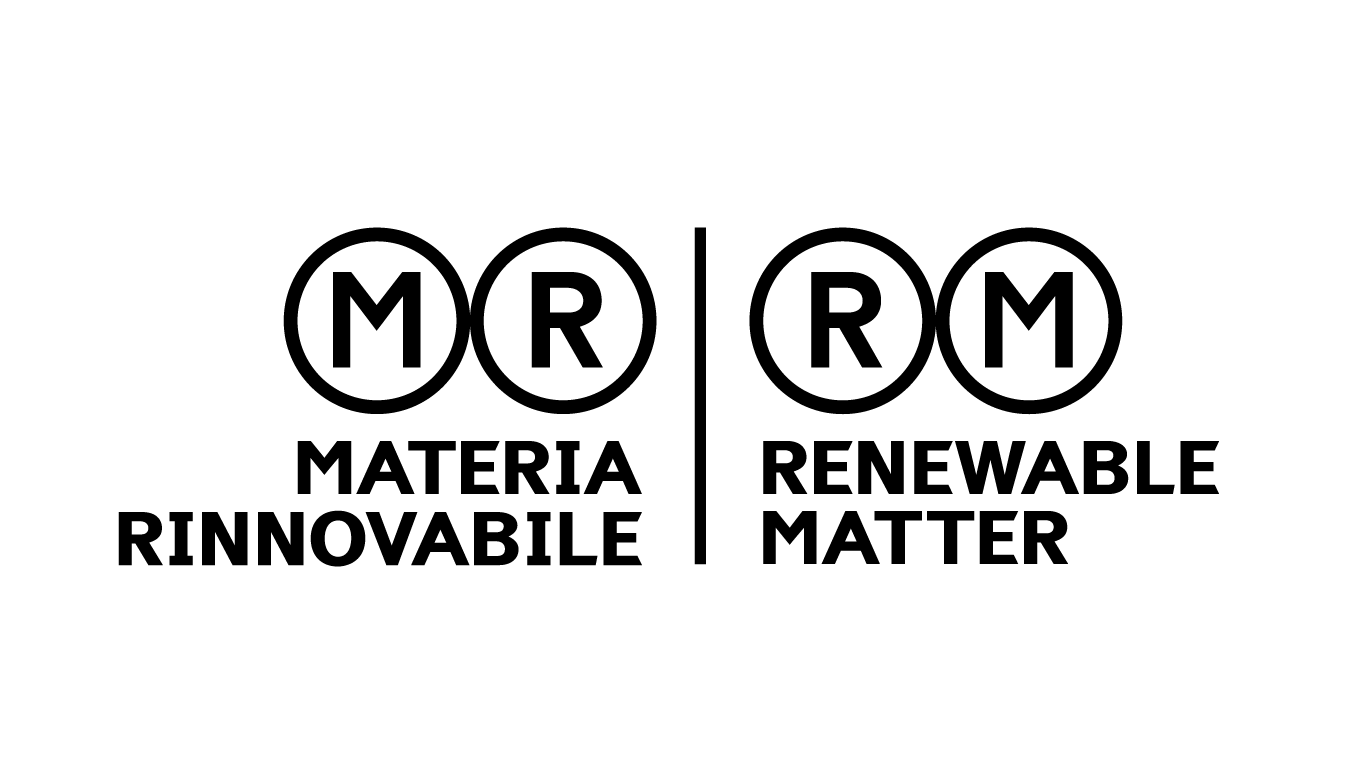
The Italian Ministry of the Environment and Energy Security has officially launched the authorisation procedure for the “Sardinian Link”, a strategic project by Terna aimed at reconstructing and modernising Sardinia’s electrical infrastructure. The project will strengthen the energy transport capacity between the hubs in Codrongianos, in the province of Sassari, and Selargius, near Cagliari. With an investment of approximately 300 million euro, Terna, led by CEO Giuseppina Di Foggia, is taking a major step towards making the regional grid more efficient, secure, and resilient.
This large-scale modernisation comes at a crucial moment for Italy’s energy transition. Sardinia’s current grid is characterised by limited interconnections with the national network and a concentration of thermal power plants in just a few areas. As renewable production grows — especially from wind and solar sources — ensuring grid stability becomes essential. The Sardinian Link addresses this need by providing stronger internal connections and better integration of renewable energy into the island’s electricity system.
Designed to align with the 2030 national energy scenarios, which forecast a significant increase in electricity generation from renewable sources, the project will optimise energy flow management across the island. This will help reduce risks of overproduction, enhance the reliability of supply, and support Italy’s broader decarbonisation goals outlined in the National Integrated Energy and Climate Plan (PNIEC).
Technological Innovation: The “5-Phase” Pylons
A key innovation of the “Sardinian Link” is the introduction of Terna’s patented “5-Phase” pylons — a technological advancement that redefines how electrical infrastructures are designed and integrated into the environment. These new pylons are lighter and more compact than traditional ones, allowing them to transport higher amounts of energy while significantly reducing electric and magnetic field emissions.
The environmental impact of the infrastructure has been a primary consideration throughout the planning process. The project’s design aims to harmonise with Sardinia’s landscape and biodiversity, minimising visual intrusion and ecological disturbance. This modern approach reflects Terna’s broader strategy to create a sustainable and technologically advanced transmission network under the “Hypergrid” model — a next-generation system architecture focused on digitalisation, flexibility, and resilience.
The 220 kV line will connect the major substations of Codrongianos, Oristano, Sulcis, Villasor, and Selargius, covering a total length of approximately 250 kilometres. Once completed, the infrastructure will provide an exchange power of up to 1,000 MW between northern and southern Sardinia. In practical terms, this capacity will make it possible to efficiently distribute energy generated by new renewable installations, including offshore wind farms expected to be operational in the coming years.
A Resilient and Sustainable Energy Future
The “Sardinian Link” represents not only an engineering milestone but also a strategic investment in Sardinia’s economic and environmental future. By improving the reliability of an aging network that currently requires frequent maintenance, the project will significantly reduce operational inefficiencies and service interruptions. The result will be a grid that is better equipped to handle the variability of renewable energy, ensuring continuity and quality of supply even during peak demand or adverse weather events.
Moreover, the project sets a benchmark for future infrastructure development in Italy. The “5-Phase” pylons and the Hypergrid framework together define a new technological standard for the national transmission system — one that combines efficiency with environmental responsibility. The Sardinian Link, therefore, is more than just a regional upgrade: it is a model for how innovation can drive the country’s transition toward a low-carbon economy.
In the broader context of Europe’s energy transformation, Sardinia’s modernised grid will enhance Italy’s contribution to achieving the EU’s 2030 climate and energy targets. With its 300-million-euro investment, Terna positions Sardinia at the centre of the Mediterranean’s renewable revolution — a resilient, digital, and sustainable island ready to power the future.
Cover: photo by Terna



